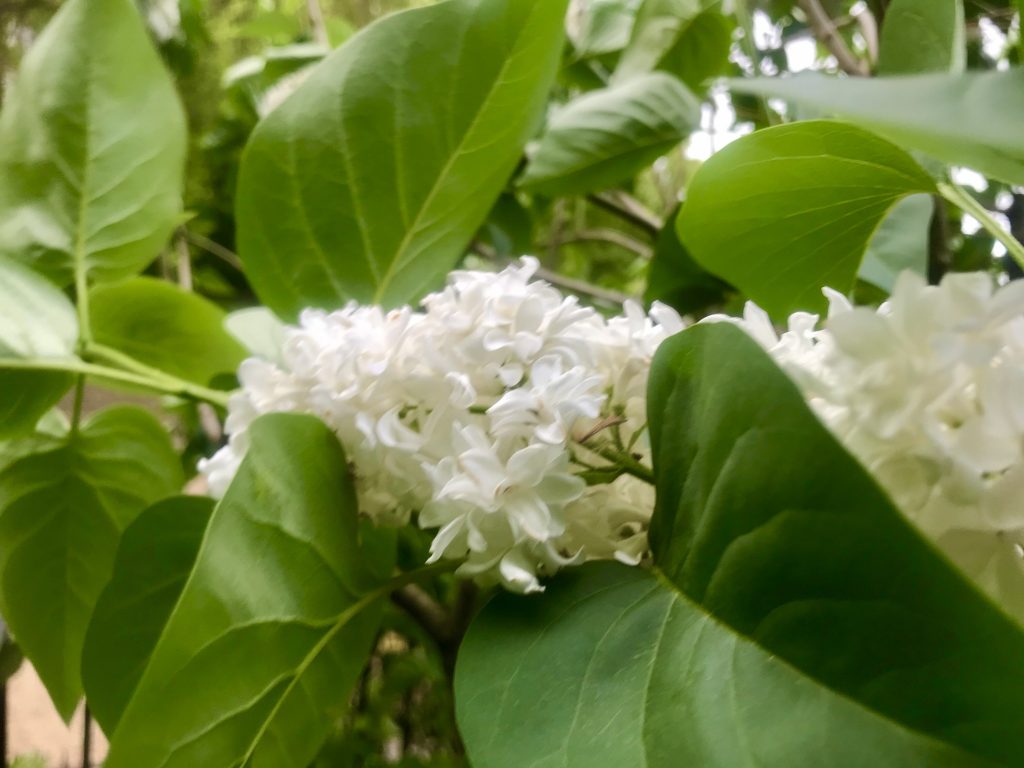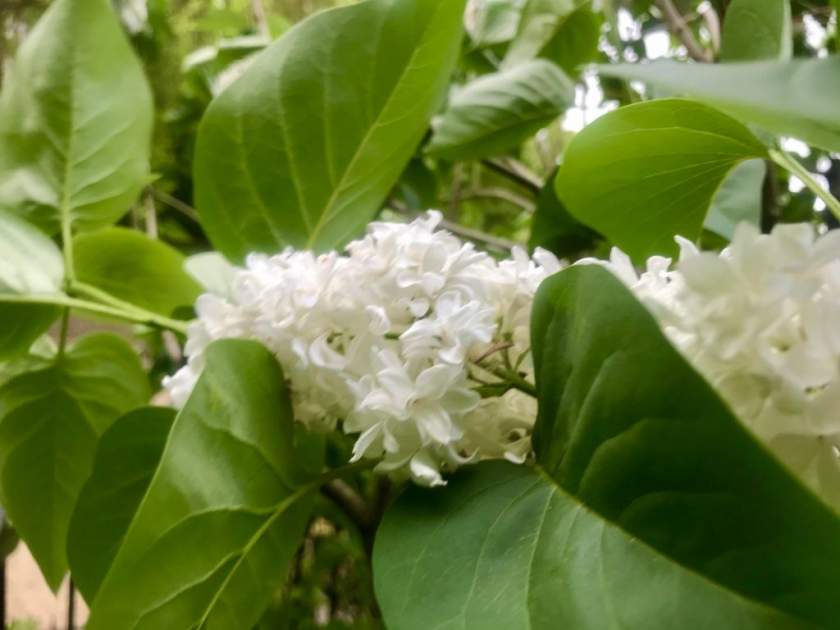Syringa vulgaris ‘Madame Lemoine’: A Fragrant Beauty
Description and Family: Syringa vulgaris ‘Madame Lemoine’, commonly known as Lilac ‘Madame Lemoine’, is a deciduous shrub belonging to the Oleaceae family. This cultivar is a member of the Syringa vulgaris species, which is often referred to as the Common Lilac. With its dense panicles of fragrant white flowers, heart-shaped green leaves, and easy-growing nature, ‘Madame Lemoine’ is a delightful addition to any garden.
Flowering and Growth: Lilac ‘Madame Lemoine’ blooms in late spring or early summer, adorning the landscape with clusters of white, highly fragrant flowers. These dense panicles attract butterflies and add a touch of elegance to any garden. The shrub reaches a height of about 6 meters or 20 feet, creating a beautiful vertical accent in the landscape. Pruning can be done to maintain its shape or rejuvenate the plant if necessary. Deadheading the spent flowers promotes more abundant blooming in the following season.
Origin and Historical Significance: Syringa vulgaris, including the cultivar ‘Madame Lemoine’, was first described in Carl Linnaeus‘ monumental work, “Species Plantarum,” published in 1753. Carl Linnaeus, a Swedish botanist, is widely regarded as the father of modern taxonomy and classification. His contributions to the field of botany revolutionized the way plants are identified, classified, and named. “Species Plantarum” contains a vast collection of plant species descriptions, including around 7,300 plants, spanning over two volumes.
How to grow Syringa vulgaris ‘Madame Lemoine’:
Cultivation Tips: To cultivate Syringa vulgaris ‘Madame Lemoine’, provide it with full sun exposure to ensure optimal growth and abundant flowering. The shrub thrives in fertile, humus-rich soil, particularly in chalky or alkaline soil conditions. It is a low-maintenance plant that is generally easy to grow and care for. ‘Madame Lemoine’ tolerates hard pruning, which can be done to control its size or shape according to your preference. It is also known to produce suckers from the roots, so occasional management may be necessary to maintain its desired spread.
Propagation and Growth Habits: You can propagate Syringa vulgaris ‘Madame Lemoine’ through softwood cuttings or layering, with the best time for propagation being in the summer. Softwood cuttings taken from healthy, young stems have a high success rate in producing new plants. Additionally, the shrub can produce suckers from the roots, which can be carefully detached and replanted to create new individuals.
Pest and Disease Management: While Syringa vulgaris ‘Madame Lemoine’ is generally a hardy and resilient plant, it may encounter some pests and diseases. Common pests include leaf-mining moths and thrips, which can be controlled through appropriate insecticide treatments or organic pest control methods. Additionally, it is important to watch out for honey fungus, a fungal disease that can affect lilacs. Proper sanitation practices, such as removing and destroying infected plant material, can help prevent the spread of diseases.
Captivating Beauty and Fragrance
Syringa vulgaris ‘Madame Lemoine’ enchants with its exquisite clusters of fragrant white flowers, adding beauty and charm to gardens and landscapes. With its easy cultivation, delightful fragrance, and historical significance, this Lilac cultivar holds a special place in the hearts of gardeners and enthusiasts. Embrace the timeless allure of Syringa vulgaris ‘Madame Lemoine’ and indulge in its enchanting blooms and rich botanical heritage.





